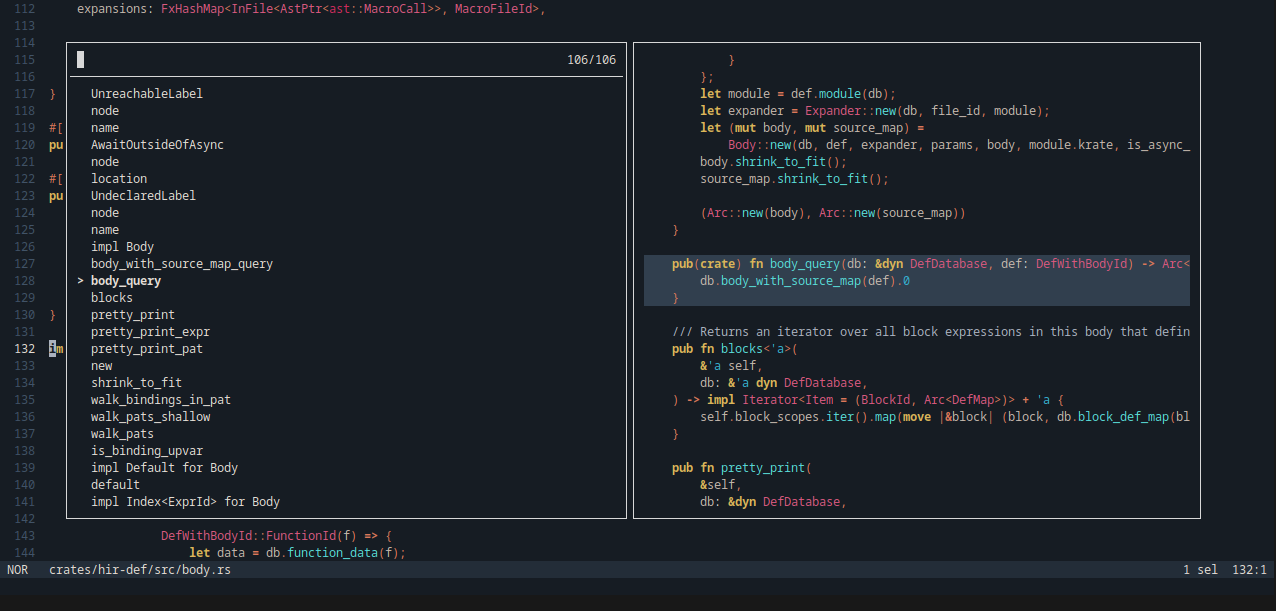It doesn’t technically have drivers at all or go missing. All supporting kernel modules for hardware are always present at the configuration level.
This isn’t true? The Linux kernel has a lot of drivers in the kernel source tree. But not all of them. Notably NVIDIA drivers have not been included before. And even for the included drivers they may or may not be compiled into the kernel. They can and generally are compiled with the kernel but as separate libraries that are loaded at runtime. These days few drivers are compiled in and most are dynamically loaded depending on what hardware is present on the system. Distros can opt to split these drives up into different packages that you may or may not have installed - which is common for less common hardware.
Though with the way most distros ship drivers they don’t tend to spontaneously stop working. Well, with the exception of Arch Linux which deletes the old kernel and modules during an upgrade which means the current running kernel cannot find its drivers and stops dynamically loading them - which often results in hotplug devices like USB to stop working if you try to plug them in again after the drivers get unloaded (and need a reboot to fix as that boots into the latest kernel that has its drivers present).






Did you read the article at all?
All they are asking for by that date is a roadmap for dealing with memory safety issues, not rewrite everything.